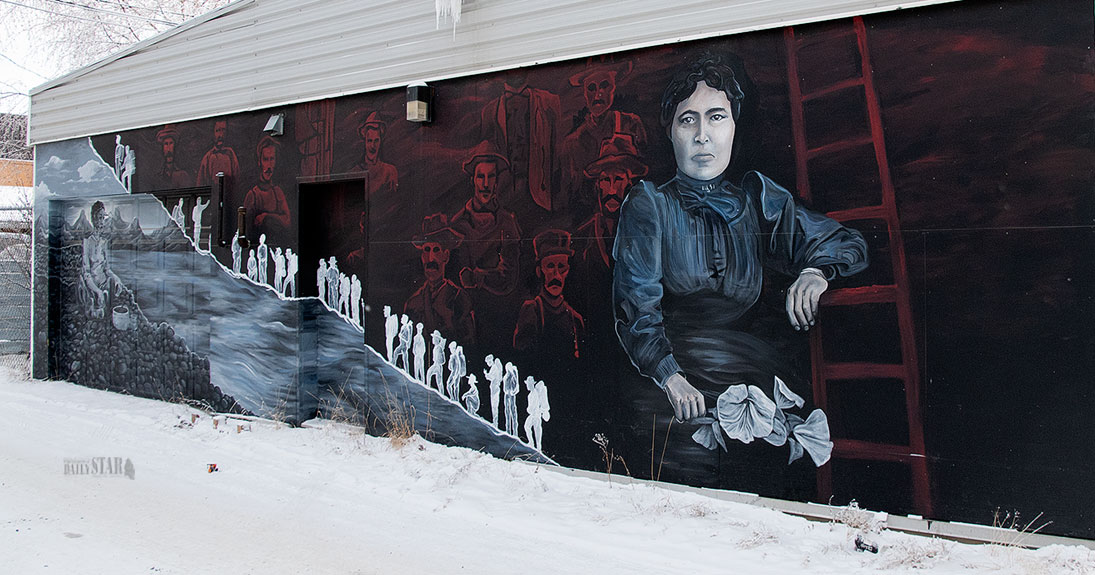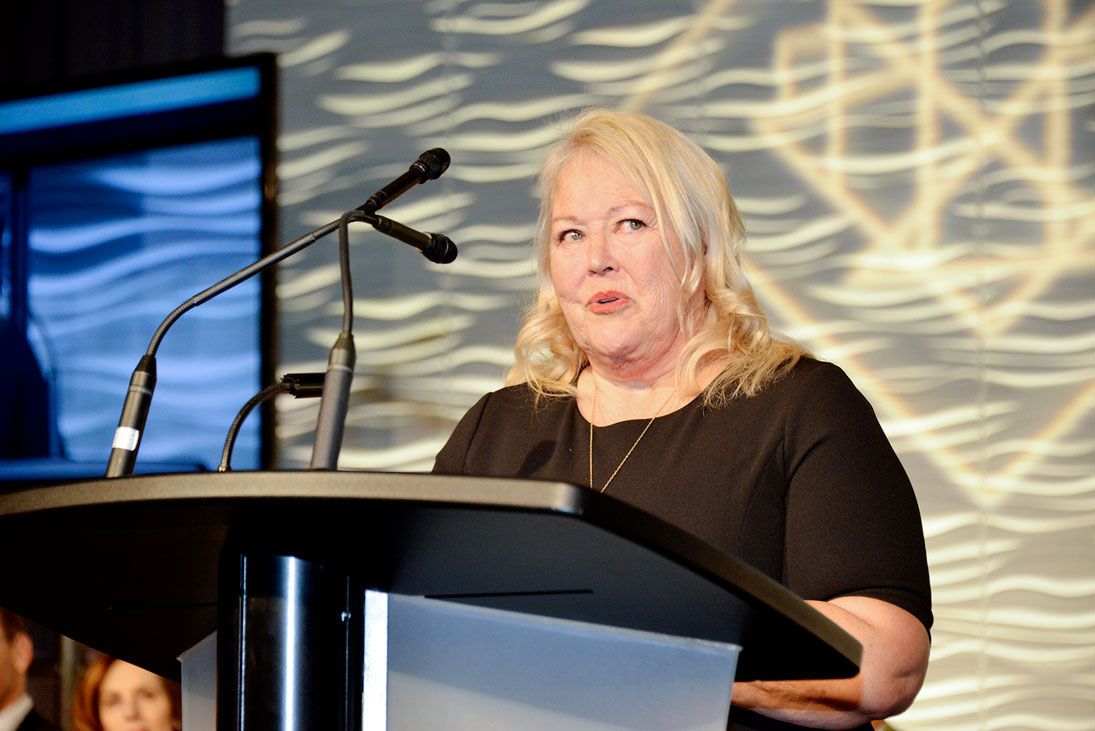Emotion reigns as pioneer is recognized
If Kate Carmack’s role – primary role – in the discovery of Klondike gold was not previously cemented in history, it was last night – officially.
By Chuck Tobin on January 11, 2019
If Kate Carmack’s role – primary role – in the discovery of Klondike gold was not previously cemented in history, it was last night – officially.
Carmack was inducted into the Canadian Mining Hall of Fame at a ceremony before 1,000 people in Toronto, in what is being described as an emotional moment.
Energy, Mines and Resources Minister Ranj Pillai told the Star this morning when you looked up at the head table where Premier Sandy Silver was seated, you could see the tears welling up.
“You could see 1,000 people welling up,” Pillai said. “There was definitely an emotional feel to that room.”
A direct descendant of Carmack, Zena McLean, accepted the induction, after she was drummed onto the stage by members of the Yukon delegation.
Carmack became the first Indigenous woman to be inducted into the Hall of Fame, and only the third woman ever.
It was back in 1999 when the Hall inducted the four Klondike Discovers, as they are described: George Carmack, Skookum Jim Mason, Dawson Charlie and Robert Henderson.
Now there are five.
Jon Baird, the chair of the board for the Mining Hall of Fame, said in an interview this morning it’s clear these days that Carmack was instrumental in the discovery of gold in the Klondike.
“Without her, that discovery would not have taken place the way it did,” Baird said.
He said historically, journals didn’t give much due to aboriginal people or women.
That’s just the way it was, he said matter-of-factly.
Baird said in Pierre Berton’s book, The Klondike, published in 1972, Kate Carmack is mentioned in two paragraphs. That’s not to fault Berton, he insisted.
The book Wealth Woman – The Klondike Race for Gold, published in 2015 by author Deb Vanasse, tells the real story – a story he read after the Mining Hall of Fame received Carmack’s nomination.
It was Kate who was among those who helped to nurture George Carmack back to health when he fell ill at Tagish. She married George, an American from the Lower 48 who’d come to the Yukon.
It was through Kate’s effort living off the land and sewing to earn money that allowed her husband, her brother Skookum Jim and nephew Dawson Charlie to continue prospecting along the Yukon River through the years.
It was Kate who was there in 1896 at Rabbit Creek – later Bonanza Creek – fishing for salmon when they discovered the gold, Baird recalled.
“It really sets the record straight about the historical facts,” he said.
“She put Kate in the same position as the four others who had been inducted into the Hall of Fame in 1999.”
Baird said Kate’s induction last night, along with four others from the Canadian mining industry, featured a video shot in Carcross last fall that will soon be available on the Hall of Fame’s website.
“I think they will be proud about it,” he said of the induction and the video. “Certainly, the Tagish people and the Kwanlin Dün people will be happy.”
Kate’s nomination simmered up from an article about her written in 1999 by Eileen Vance-Duchesne. The article was based on a story about Kate recounted by Kwanlin Dün First Nation elders.
It was in 2016 when the Youth of Today Society asked the Yukon Chamber of Mines if it could paint a mural of Kate on the chamber’s office building at the corner of Third Avenue and Strickland Street. The mural was based on a photograph that ran with Vance-Duchesne’s article.
A group of youth from the society painted the mural, which faces the Skookum Jim Friendship Centre.
Shortly after it was done, Vance-Duchesne approached the chamber about nominating Kate for induction into the Canadian Mining Hall of Fame.
Yukon Women in Mining renamed its annual Champion award last year to the Kate Carmack award.
Tara Christie, a longtime placer miner and president of Banyon Gold Corp., was the first recipient of the award, presented in November 2018 during the annual Yukon Geoscience Forum.
Christie was among the 15 or so Yukoners in the audience last night, along with the five youth who painted the mural.
Accompanying her was Jeanie Dendys, the minister responsible for the Women’s Directorate.
Chief Doris Bill of the Kwanlin Dün First Nation was there, as was Kluane Adamek, the Yukon’s regional chief for the Assembly of First Nations who helped drum McLean onto the stage.
Sue Craig, past-president of the mines chamber, was in the audience, along the chamber’s executive director, Samson Hartland.
“It was an historical night, and it felt like it, being there,” said Pillai.


Be the first to comment